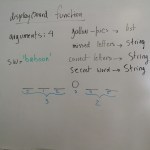Basic Instructions 4
Classwork:
This assignments can be done with the most basic set of instructions:
#######################################
#
# G Elia
# Program to calcualte the range of a
# set of numbers
# 9/21
# python 3.4
#
########################################
yesNo ="y"
smallest =int(input("Enter number: "))
while yesNo == "y":
y=int(input("Enter another: "))
if smallest > y:
smallest = y
yesNo = input("Would you like to continue? (y/n) ")
print("The smallest number is",smallest)
Make the change to the brain according to the different assignments.
If you are finished with the previous assignments, work on YI_BasicInstructions4.py to calculate the range of a set.
Homework: Write a program YI_StandarDeviation.py to calculate the standard deviation of a set of numbers.
The standard deviation for a set of 5 numbers is calculated with this formula:
where N is the total number of values entered,in this case 5, ![]() is each value and
is each value and ![]() is the mean of all the values.
is the mean of all the values.
Look into the Documentation page to find out how to find the square root.
NOTE: import math at the top of your program



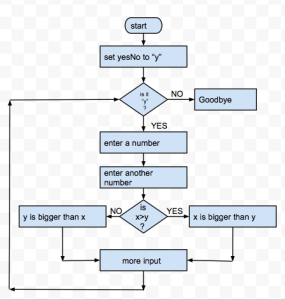


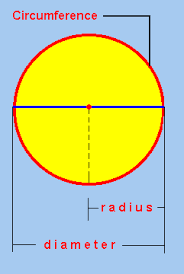


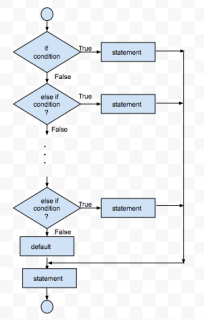
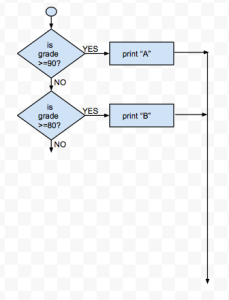






 —>
—> 


